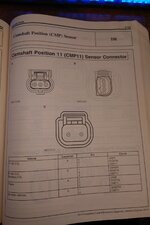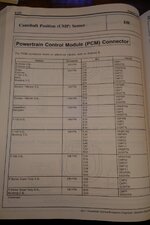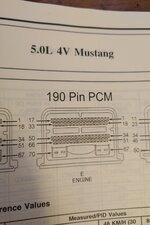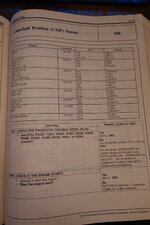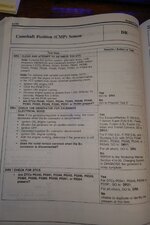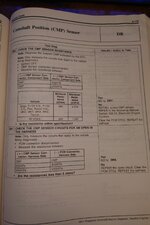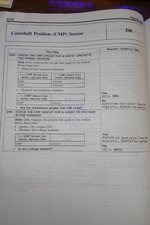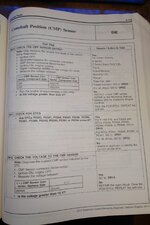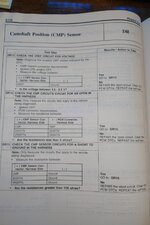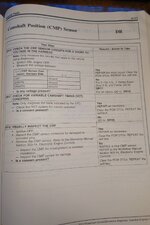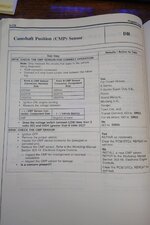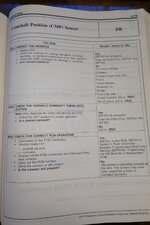I was at a HPDE at Grattan this past weekend. Ran two great sessions and then my third session half way through I got a check engine light. Immediately headed for the pits and my 2015 GT PP was making an awful ticking noise. Almost sounded like piston slap. I also had an extremely rough idle.
The two codes were
P0340 - Camshaft Position Sensor “A” Circuit
And
P0344 - Camshaft Position Sensor “A” Virciut Intermittent
I unplugged the battery and reflashed the tune and the problem completely went away. Sounds like brand new again.
I took it out for another few laps and the same thing happened. Again.
I reflashed the tune again and it went away: drove two hours home with no issues.
Once I was close to home I started driving harder and the codes came back.
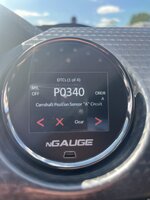
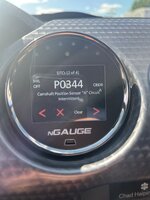
Any ideas on where to start? Has anyone else had this issue?
All comments are appreciated.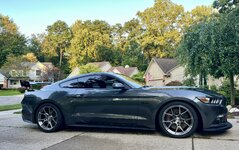
The two codes were
P0340 - Camshaft Position Sensor “A” Circuit
And
P0344 - Camshaft Position Sensor “A” Virciut Intermittent
I unplugged the battery and reflashed the tune and the problem completely went away. Sounds like brand new again.
I took it out for another few laps and the same thing happened. Again.
I reflashed the tune again and it went away: drove two hours home with no issues.
Once I was close to home I started driving harder and the codes came back.


Any ideas on where to start? Has anyone else had this issue?
All comments are appreciated.

